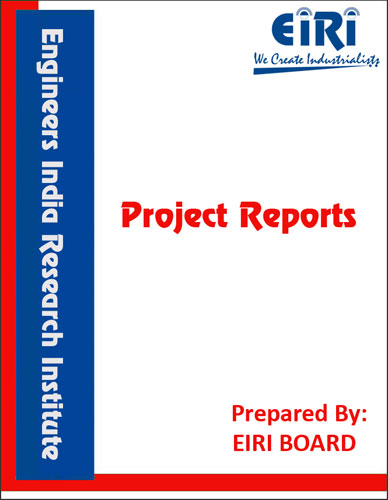Agarbatti Synthetic Perfumery Compounds & Agarbatti Compounds like Champa, Mogra, Sandal Wood & Loban
The project report includes Present Market Position and Expected Future Demand, Market Size, Statistics, Trends, SWOT Analysis and Forecasts. Report provides a comprehensive analysis from industry covering detailed reporting and evaluates the position of the industry by providing insights to the SWOT analysis of the industry.
We can prepare PROJECT REPORT as per your INVESTMENT PLAN for BANK LOAN REQUIREMENT and INDUSTRY ANALYSIS. All reports are prepared by highly qualified consultants and verified by a panel of experts.
Have Query? Click Here to Chat
Industry Expert is Online, Chat with him for more detail.

Aggarbatti is the Indian name for the Incense stick, which is a well known product coming every class of people due to its attractive perfumery smell. The use of perfumery compounds started very early in the history. It would probably had its beginning with the Atlantions who flourished at a period conjectured to antedate the christian era by about 23,000 years. For the earliest records of perfumery compound. It is necessary to turn to Egypt Egyptian kings were very fond of perfumes in various forms.
Perfumes were used for three quite distinct purposes by the Egyptians.
(1) As offerings to their deities
(2) For aesthetic purposes during their lives.
(3) As principal agents for embalming their dead
Cosmetics and perfumes were evidently used by jewish women. In India, China and many other Asian countries, natural perfumery compounds were used in the prehistoric period itself. It was customary for the priests to burn incense before the Gods in the temples, and this incense probably consisted of aromatic gums, resins, and oleo-resins mixed with perfumed woods. These substances were made into small pieces and were volatilized by being thrown in to the glowing censers.
Project Reports Cover:
Introduction
Uses and Applications
Properties
Market Survey with future aspects
Present Manufacturers
B.I.S. Specifications
Manufacturing Process with Formulae
Cost Economics with Profitability Analysis
Capacity
Land & Building Requirements with Rates
List & Details of Plant and Machinery with their Costs
Raw Materials
Details/List and Costs
Power & Water Requirements
Labour/Staff Requirements
Utilities and Overheads
Total Capital Investment
Turnover
Cost of Production
Break Even Point
Profitability
Land Man Ratio
Suppliers of Plant & Machineries and Raw Materials.



